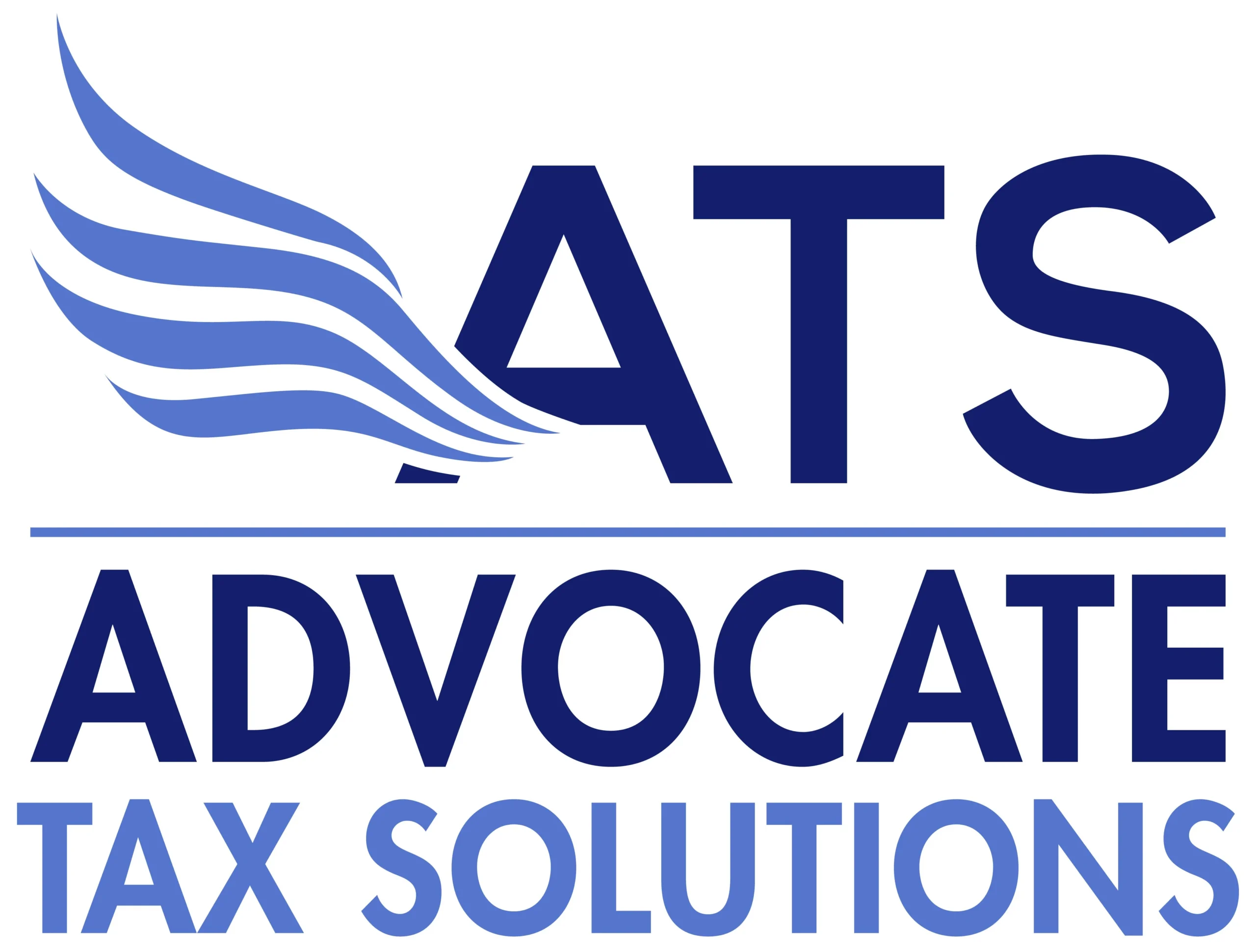Understanding the IRS Partial Payment Installment Agreement
The Partial Payment IRS Installment Agreement (PPIA) is a potential option for taxpayers unable to pay their entire tax debt in full. Instead of paying the total debt, the PPIA allows taxpayers to make manageable monthly payments based on their financial situation.
Here are some key points to understand about the PPIA:

Eligibility:
To qualify for a PPIA, you need to meet specific requirements, including having a tax debt over $10,000 (including interest and penalties), having filed and paid tax returns for previous years, not having filed for bankruptcy, and not having had an Offer in Compromise (OIC) accepted.
Financial Documentation:
Unlike other IRS installment agreements, the PPIA requires substantial financial documentation to demonstrate to the IRS that the taxpayer cannot pay the total tax debt.
2-Year Review:
The PPIA comes with a 2-year review period, during which the IRS may reassess your financial situation and potentially adjust the terms of your agreement.
Easier than OIC:
The PPIA is generally easier to obtain than an Offer in Compromise (OIC), as it requires less processing time and less paperwork.
No 5-Year Probation:
Unlike an Offer in Compromise, the PPIA doesn’t carry the risk of going back to owing the entire tax debt amount due to late filing of tax returns or missed payments.
No Statute of Limitations (SOL) Extension:
The IRS may extend the statute of limitations on collection (CSED) in the case of an OIC, allowing them more time to collect the tax debt, but this extension doesn’t apply to the PPIA.
Potential Downsides:
One potential downside of the PPIA is the lack of finality, as the IRS reviews your financial situation every two years. If your financial condition improves, they may increase your monthly payments and seek assets liquidation.
Requesting a PPIA involves filling out necessary forms (Form 433-A or 433-B and Form 9645) and proposing a reasonable and acceptable monthly payment to the IRS. It requires taxpayers to submit documents and wait for the IRS response, which should come within 30 days. If you don’t receive a response within that time, continue making payments and communicate with the IRS directly.
If a taxpayer cannot pay the entire tax debt, considering a PPIA or other IRS installment agreement options could be beneficial. However, it’s essential to carefully assess your financial situation and seek professional advice based on your financial needs.

